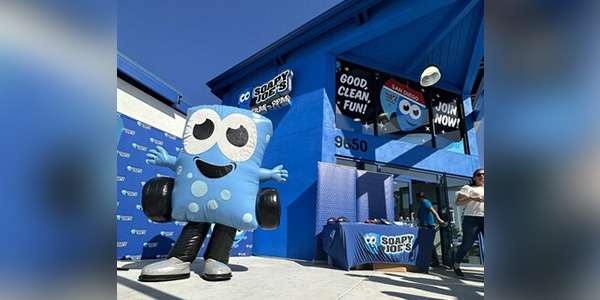DETROIT — According to www.bloomberg.com, March reports showed weak U.S. auto sales, indicating that the sales record the auto industry reached last year may be the peak and that sales will continue to slide down rapidly.
These weak sales were accompanied by rising interest rates and falling used-vehicle prices, the article noted.
Industrywide deliveries lowered to an adjusted annual pace of 16.6 million vehicles, falling short of analysts’ expectations of 17.2 million, the article continued; U.S. auto sales hit a record of 17.6 million last year.
“Somewhat ominously, today’s market increasingly resembles one we described in ‘A Triple Threat’ (Feb. 20, 2004),” Deutsche Bank analysts Rod Lache, Mike Levine and Robert Salmon wrote in a note on Tuesday. “In that report we highlighted the risks to the industry from rising rates, rising negative equity in vehicle loans and used vehicle-price deflation. This could lead to deteriorating affordability, delayed trade-in cycles, consumer shifts from new to used, diminishing credit availability and deteriorating mix/pricing.”
Some key factors may be that fewer cars are being scrapped, and there are not enough new drivers to keep up with new vehicle demands.
“This has led us to question whether the U.S. is broadly oversupplied, and whether trend demand in the 17 million range is fundamentally supported,” the analysts wrote. “If it is not, the oversupply should be self-correcting — the U.S. market will experience declining used-vehicle prices, pressuring new vehicle sales.”
Deutsche Bank also noted that:
- Used-vehicle prices fell 7.7 percent in Feb., in comparison to an average fall of 3.5 percent in the first nine months of 2016
- Sales for compact cars have declined while pickup truck sales have increased
- Ford and General Motors may need to cut their car productions again in the second quarter and keep inventories from building up by offering more incentives.
Read the full article here.














